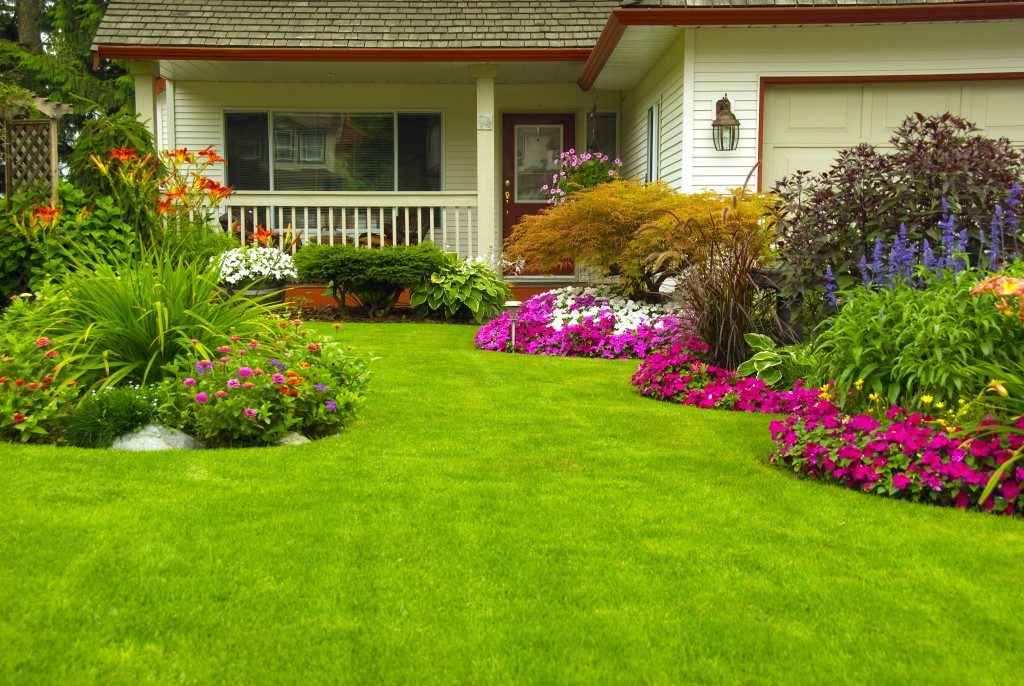Many people have trouble keeping their ground lush and green all year round without incurring a fortune in costs. With the proper selection of lawn grass, you not only get to keep it green but also lower maintenance costs.
Your choice of turfgrass has a significant influence on your ability to create impressive lawns on your property. Gleaning from industrial landscaping services in Columbus, you need to go beyond mere appearances. The last thing you want is one that costs you a small fortune in maintenance and labor. Addressing the crucial factors is the secret to growing a lawn that gives you a great sense of pride.
Get to Know Your Zone
Continental U.S. falls into three primary grass growing zones (northern, southern, and transition), and they influence the type of grass to grow. The North has cold winters and moderate summers. As such, you will have better results by growing cool-season grasses, such as tall fescue, perennial ryegrass, and Kentucky bluegrass.
The South has moderate winters and hot summers, providing an excellent climate for warm-season grasses. Zoysia, Bermuda, centipede and St. Augustine grasses will thrive in this region. The transition zone has cold winters and hot summers, making it quite the challenge when growing turf grass.
Cool-season grasses are overwhelmed by the summer heat, while the warm-season species are prone to winter damage. You should pick species with good tolerance for the heat and cold and stays green all year round. Tall fescue, Kentucky bluegrass, zoysia, and Bermuda grass will thrive here.
Match the Turf to the Plants

The condition of your grounds influences your success as well. In the absence of unique challenges, any of the primary grasses in your region should give you good results. When dealing with a problematic site such as one with salty soil or lacks water, get the species that will adapt well to it.
For northern sites that are hard to water or fertilize regularly, buffalo grass is an excellent choice since it’s quite hardy. Other fine options include centipede which is suitable for low maintenance sites in the southeast. Fine-leaf fescue is an excellent variety for low input sites.
Fine-leaf fescue tolerates shady spots well while St. Augustine is a shade tolerant species for sites in the southern region. For high-traffic areas in the northern region, you can’t go wrong with perennial ryegrass, Kentucky bluegrass. Bermuda grass ability to recover quickly from heavy wear makes it a great choice in the southern areas.
Seed suppliers can supply you with a blend to suit special growing conditions you’re trying to overcome. Blends perform better than single species when dealing with harsh conditions.
With proper care and maintenance, a lawn can serve you for up to four decades. To get these many years from your yard, you need to get it right from the get-go. That means picking the right type of turfgrass and matching it to the growing regions. That way, you can create a resilient lawn that doesn’t cost you a fortune in maintenance, even when growing it under harsh conditions.







